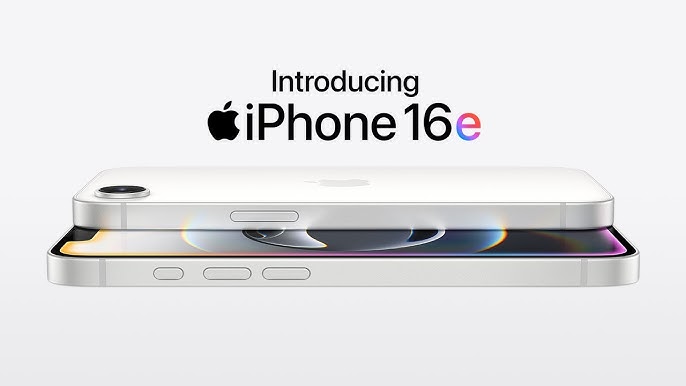Apple has introduced the iPhone 16E, a fresh addition to its iPhone 16 lineup, with a launch on its website this Wednesday. This new model not only expands the iPhone 16 series but also replaces the 2022 iPhone SE with an entirely new name, design, processor, and advanced Apple Intelligence features.
Pricing and Market Positioning
The iPhone 16E is priced at $599 (£599, AU$999), marking a $170 increase over the previous SE’s $429 starting price. In comparison, the standard iPhone 16 starts at $799. The 16E’s pricing positions it in the upper range of the affordable phone market, competing with devices like the $499 Google Pixel 8A and Samsung’s Galaxy S24 FE, which starts at $650.
Apple Intelligence and AI Integration
In a market where custom artificial intelligence features are becoming critical to smartphone success, Apple demonstrates its commitment to integrating advanced AI features across its range—not just in its flagship models. The iPhone 16E is equipped with Apple’s A18 chip, the same processor found in the iPhone 16 and 16 Plus, enabling it to support Apple Intelligence. This is a standout feature, as it makes the 16E one of the few sub-$600 phones capable of delivering the same AI performance as higher-end devices.
Design and Display
Design-wise, the iPhone 16E takes inspiration from the iPhone 14, featuring an aluminum body with a matte glass back to reduce fingerprint smudges. Instead of a traditional mute switch, the phone has an Action button that can trigger shortcuts, including Visual Intelligence searches. It also features a USB-C port for charging, replacing the Lightning port found in the iPhone 14.
This model signifies the end of the home button era for Apple, which has been a defining characteristic since the original iPhone. The iPhone 16E sports a 6.1-inch display, removing the option of a truly compact iPhone. However, the display is limited to a 60Hz refresh rate, which is below the industry standard of 90Hz or higher for budget Android phones. Additionally, the device features a screen notch instead of the Dynamic Island cutout seen in premium models. It is available in only two color choices: black and white.
Performance and Battery Life
Under the hood, the iPhone 16E introduces Apple’s first in-house 5G modem, the C1 chip. Apple claims this is the “most power-efficient modem ever in an iPhone.” While it supports 5G, it does not include the ultra-fast millimeter-wave 5G technology available in select areas like stadiums. Combined with the A18 chip, the C1 modem is expected to boost efficiency and extend battery life—potentially one of the device’s best features.
Charging and Camera Features
The iPhone 16E lacks MagSafe charging and accessories compatibility, limiting wireless charging to 7.5 watts, though it can charge at 20 watts via a wired connection. It has a single rear camera with a 48-megapixel sensor, which can use sensor cropping to provide 2x magnification. The front camera is a 12-megapixel unit with Face ID support and autofocus.
A Shift in Apple’s Strategy
Apple’s shift from the SE branding to the 16E is more than just a name change. It signals a transition from offering a “cheap” iPhone to providing an “affordable” model within the mainline series, akin to Samsung’s Galaxy FE models. It will be interesting to see whether Apple updates this model annually or if it continues the sporadic release schedule seen with the SE series. More insights and a full review of the iPhone 16E will be available soon.

